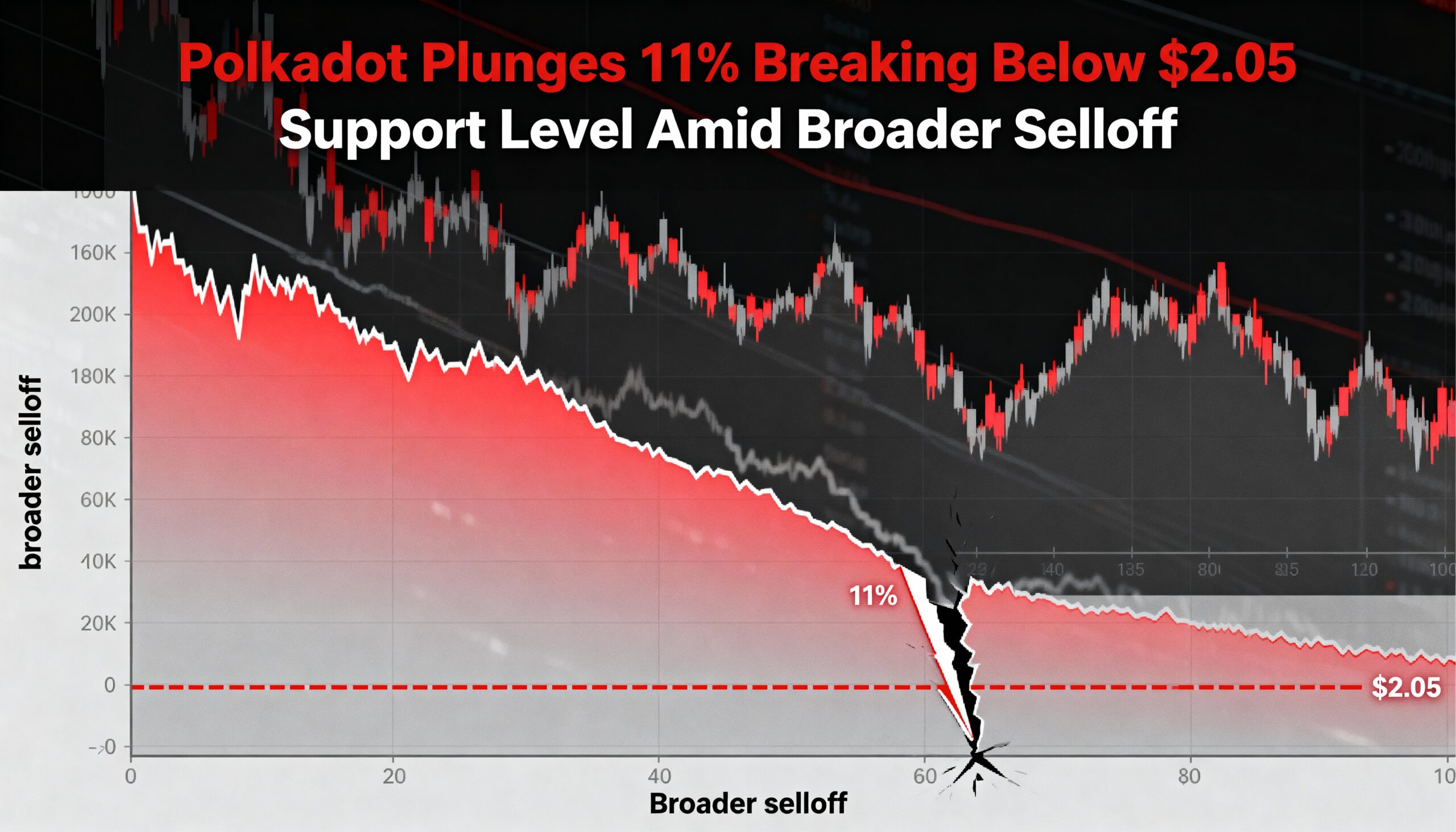Bitcoin Surpasses $100K Again as Market Rallies on Trade Deal Hopes and Growing Institutional Interest
Bitcoin (BTC) has surged back above the $100,000 mark, rising 33% in a matter of weeks after plummeting to $75,000 following President Trump’s April tariff announcement. This latest move demonstrates Bitcoin’s resilience and its tendency to defy expectations, as it rebounds from its previous slump.
Looking back, Bitcoin first breached the $100,000 threshold in December, following Trump’s victory in the November elections. It then surged to over $109,000 just before his inauguration on January 20. However, the euphoria quickly waned, and a downward spiral ensued, with Bitcoin reaching a low of just under $75,000 after Trump’s surprise tariff announcements in early April.
Altcoins suffered even greater losses, with Solana (SOL) and Ethereum (ETH) both experiencing over 60% drops from their peak prices. But in recent weeks, Bitcoin and traditional markets alike have shown signs of recovery, with major stock indices like the Nasdaq and S&P 500 climbing back to levels higher than before the tariff shock.
The latest jump above $100,000 is largely attributed to renewed optimism about a potential trade agreement between the U.S. and the U.K., which has reinvigorated risk appetite across global markets. This shift in sentiment has fueled Bitcoin’s upward momentum as investors look to the cryptocurrency as a hedge against economic uncertainty.
Flows of Institutional Money Continue to Push Bitcoin’s Price Higher
Geoff Kendrick from Standard Chartered pointed out that Bitcoin’s recent rally is driven by a key factor: institutional inflows. “The narrative around Bitcoin has changed,” Kendrick noted. “Now, it’s all about flows, and they’re coming from various sources.”
Kendrick emphasized the significant inflows into Bitcoin’s spot ETFs, noting that while some of these flows are counterbalanced by basis trades (where hedge funds short Bitcoin futures), the lack of substantial movement in these trades suggests that real institutional money is entering the market.
Furthermore, Kendrick expects that the 13F institutional filings—scheduled for release in the coming week—will provide further confirmation of increasing institutional Bitcoin allocations, particularly by companies such as MicroStrategy (MSTR). This could indicate a sustained demand for Bitcoin from institutional investors, which could provide further upside momentum for the cryptocurrency.
In light of these developments, Kendrick has revised his price target for Bitcoin. Initially set at $120,000 for Q2, he now believes the target may be too low, as the growing institutional interest and improving market conditions suggest that Bitcoin’s rally could continue.





